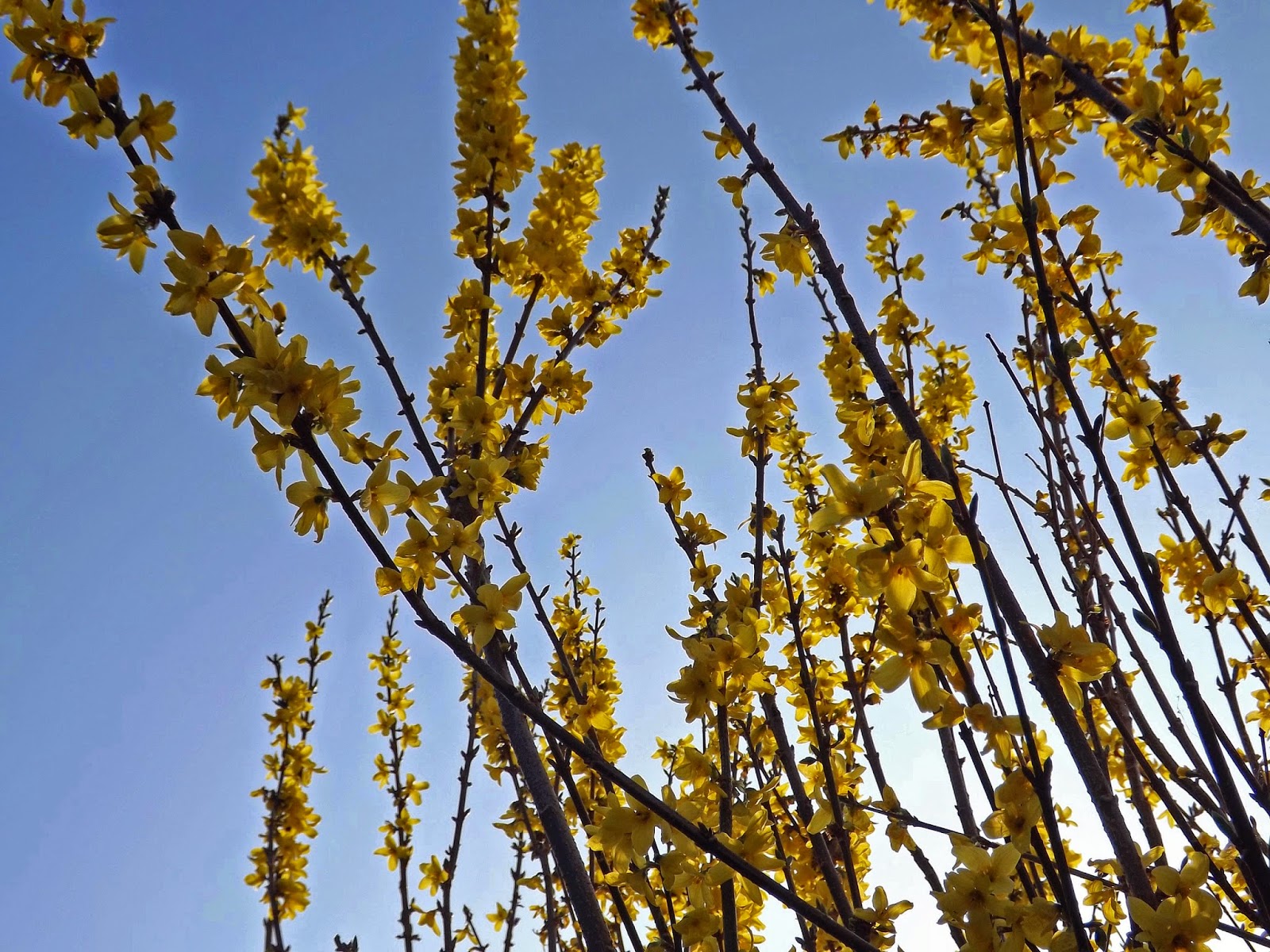Marigolds in March
This is the time of year when the trusty floral harbingers of Spring appear and let us know that winter is behind us and spring is well and truly arrived - its a welcome sight to see the daffodils, muscari, witch hazel, forsythia and hyacinths to name but a few. These are the perennial plants and flowers that return year after year without any effort from ourselves.
However, I was delighted to see a marigold appear in the vegetable patch which had managed to survive the mild winter and is now already in full bloom. Usually I have to grow them from seed each year and only just start planting them in March so don't usually see the flowers until May. Here I'm talking about Pot Marigolds (Calendula) rather than French Marigolds (Tagetes), which are completely different!
Because this particular marigold is growing slightly out of season, it is amazingly bright in the garden and has neon, almost glow-in-the-dark qualities about it.
I grow them in the veggie garden because they are said to attract pollinators and deter aphids and this does seem to work for me and tomatoes in particular seem to benefit from their presence.
They are also said to have medicinal uses. For instance, in the American Civil War, doctors on the battlefield used marigold flowers to treat the soldiers' wounds because the flowers have antiseptic, antifungal and antibacterial properties and the plant is said to be particularly helpful for skin conditions.
In the kitchen, the petals can be used fresh in salads, butters and cheeses and also in cooked dishes such as omelettes and soups and for adding colour to rice dishes.
When dried, the petals can be used to add interest to pot-pourri mixes or to decorate hand-made soaps and the fresh petals produce a yellow dye which can be used for colouring natural fibres such as wool, cotton and silk.
Such a happy looking, versatile little plant which is so easy to grow. I would say its a must for any garden.




Comments
Post a Comment